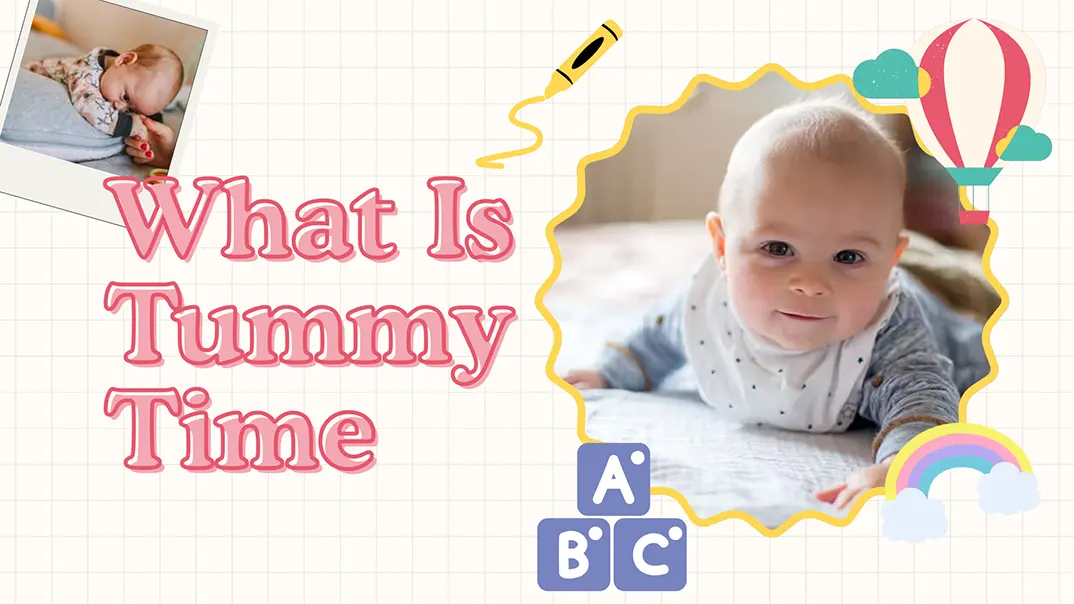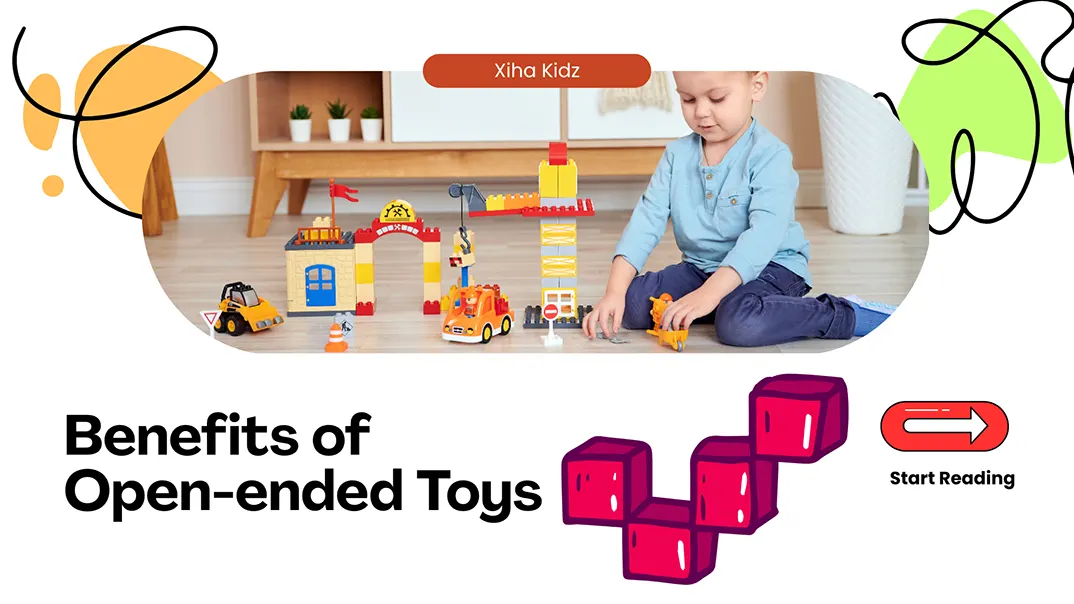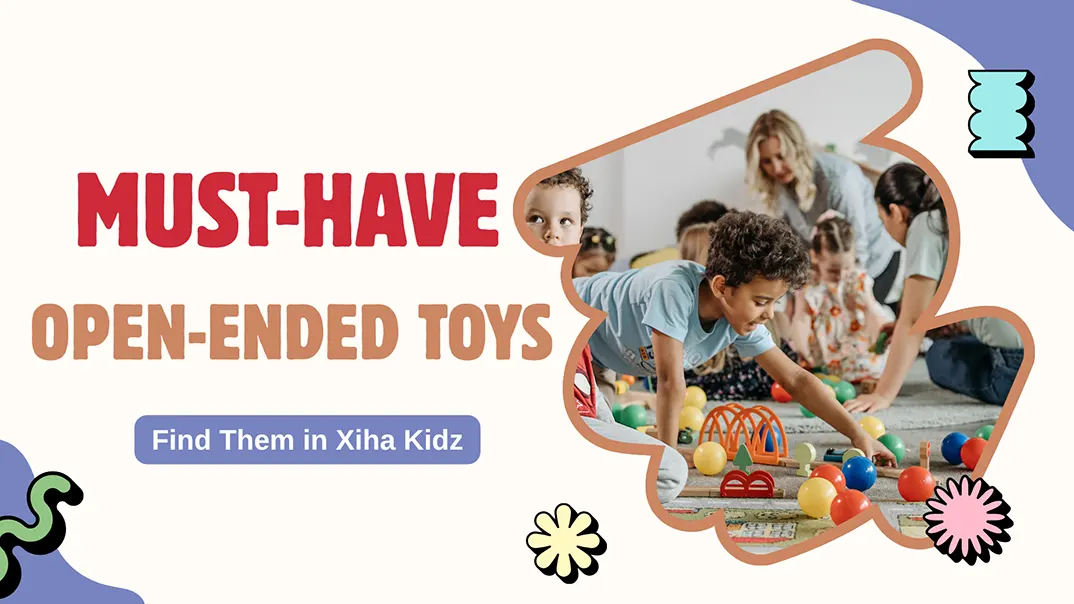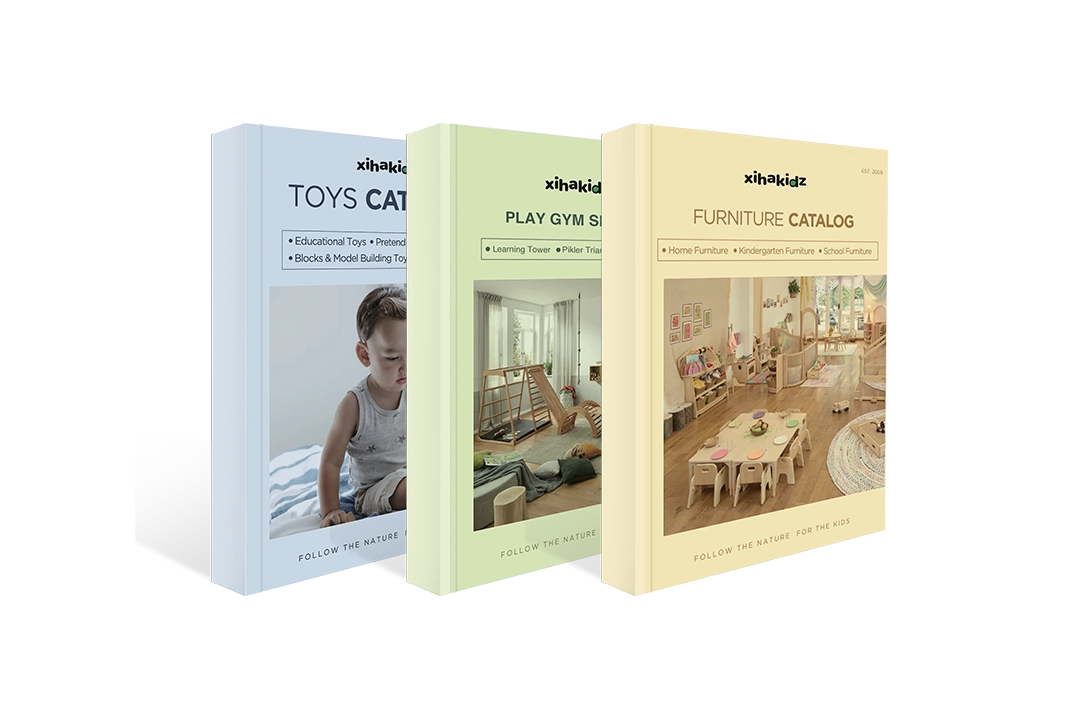In today’s fast-paced, screen-filled world, children are constantly absorbing information. But are they actually learning how to think? Many kids can repeat facts or follow directions, but when it comes to solving problems, making decisions, or understanding different viewpoints, they often fall short. Parents and teachers are left asking how to move beyond memorization and help kids think independently.
Without strong critical thinking skills, children may become passive learners who depend on others to tell them what to do or what to believe. This can make it harder for them to succeed in school, handle social challenges, or make confident choices. The longer this goes unaddressed, the more it limits a child’s ability to grow into a thoughtful and capable person.
Teaching critical thinking for kids is both possible and practical. With the right strategies and mindset, these skills can be introduced in early childhood and strengthened over time. This article provides clear and simple ways to help children build their thinking abilities, starting with real-life experiences and age-appropriate activities. It’s not about making things harder, it’s about making them meaningful.
What Is Critical Thinking for Kids?
Critical thinking for kids is the ability to think clearly, logically, and with purpose. It involves observing information, asking questions, making connections, and forming reasonable conclusions. This kind of thinking helps children understand what they see and hear, instead of just repeating or accepting it.

At its core, critical thinking for kids involves teaching children to pause and reflect before acting or deciding. Swiss psychologist جان بياجيه, a pioneer in developmental psychology, emphasized that children build knowledge actively through interaction and reasoning, progressing through stages of increasingly complex thinking. His work laid the foundation for understanding how young minds move from concrete to more abstract thought.
Complementing Piaget’s framework, Deanna Kuhn, a professor of psychology at Columbia University, has argued that critical thinking is not merely about logic, but about dialog, explanation, and justification. She highlights that these abilities emerge as children are encouraged to question, compare, and evaluate information rather than accept it passively.
Children may start with questions like “Why is this happening?” or “Does this make sense?” These early inquiries help them sort through information, connect ideas, and gradually form their own views based on facts and reasoning. Teaching critical thinking means guiding children to ask meaningful questions, think through their answers, and reflect on what they understand, building clarity, intention, and independence of thought from an early age.
When and How Critical Thinking Begins in Childhood
Critical thinking starts to take shape during the early years of childhood, often long before formal schooling begins. As early as age two or three, children begin showing signs of reasoning, curiosity, and independent judgment. These early skills are most noticeable through behaviors like asking questions, experimenting with toys or objects, and attempting to solve simple problems on their own. For example, a preschooler may test different ways to reach a toy or ask why certain rules exist during playtime. These actions reflect a natural, age-appropriate form of critical thinking.
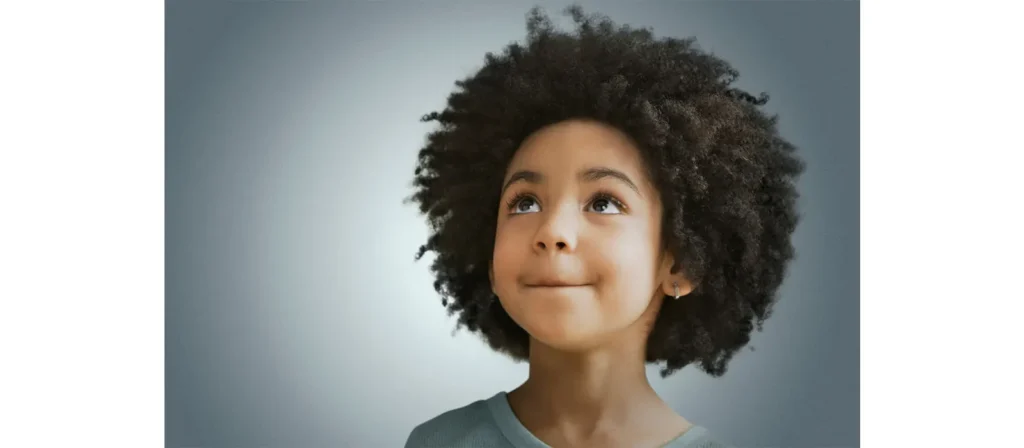
The development of these skills is gradual and depends heavily on the child’s environment. Children are more likely to develop critical thinking when adults allow them to make decisions, explain their thoughts, and ask meaningful questions. It begins informally through play, conversation, and small choices. As children grow, these experiences deepen their understanding of how to approach problems, consider options, and explain their reasoning.
Though not the main focus of this stage, it is worth noting that early exposure to critical thinking contributes meaningfully to a child’s long-term development. Children who begin forming these skills early are often better equipped to approach challenges with clarity, explain their thoughts clearly to others, and make decisions based on reasoning rather than impulse. As they grow, these habits strengthen their academic readiness, improve their ability to work in groups, and support emotional self-regulation. Starting early helps lay the groundwork for a more thoughtful, resilient, and adaptable learner.
How to Teach Critical Thinking for Kids?
Start with Open-Ended Questions
Open-ended questions are one of the most effective ways to begin teaching critical thinking for kids. These are questions that invite reflection, multiple perspectives, and deeper reasoning. Instead of prompting a single correct answer, open-ended questions encourage children to explain their thoughts. Asking “What do you think will happen next?” or “Why do you think that?” gives children space to express their understanding, connect ideas, and practice reasoning.

Encourage Thinking Out Loud
Helping children express their thought process aloud supports the development of structured thinking. When kids describe what they are thinking, they begin to recognize how their ideas form and where they come from. This process also gives adults insight into how children are reasoning through problems. Verbalizing thought patterns helps make thinking visible, which is essential for guiding growth and supporting deeper understanding.
Allow Safe Space for Mistakes
Children need to feel secure when learning how to think critically. If they are afraid of being wrong, they are less likely to take intellectual risks. A safe space allows them to explore ideas freely and learn from the outcome. When a child gives an incorrect answer, asking follow-up questions like “What made you choose that?” opens a path for reflection. Over time, this creates a habit of analyzing one’s own thinking rather than focusing solely on being right.
Model Your Own Thinking
Children learn how to think by observing how others think. When adults talk through their own decisions, compare options, or explain a choice out loud, children absorb that process. For example, saying “I thought this might work better, but it didn’t, so now I’m going to try something else” shows children that thinking is flexible. Modeling clear and reflective decision-making offers children a concrete example of what critical thinking skills look like in daily life.
اكتشف مجموعتنا الكاملة من المنتجات
احصل على إمكانية الوصول إلى كتالوجنا الشامل الذي يحتوي على أثاث ومعدات لعب عالية الجودة لرياض الأطفال والمدارس.
The Role of Parents in Everyday Life
Parents play a central role in developing critical thinking for kids, especially during the early years when most learning takes place at home. Children naturally ask questions, experiment with ideas, and express curiosity. When parents respond with patience, guidance, and openness, these moments become powerful opportunities to build essential thinking skills.
Unlike formal instruction, the home environment offers countless small chances to guide children in how to think. These include asking thoughtful questions during meals, encouraging kids to explain their choices, or inviting them to solve problems they encounter in everyday routines. The way adults respond to a child’s ideas matters. If a parent takes time to ask “What do you think we should do?” or “Why did you choose that?”, it tells the child that their thinking has value.
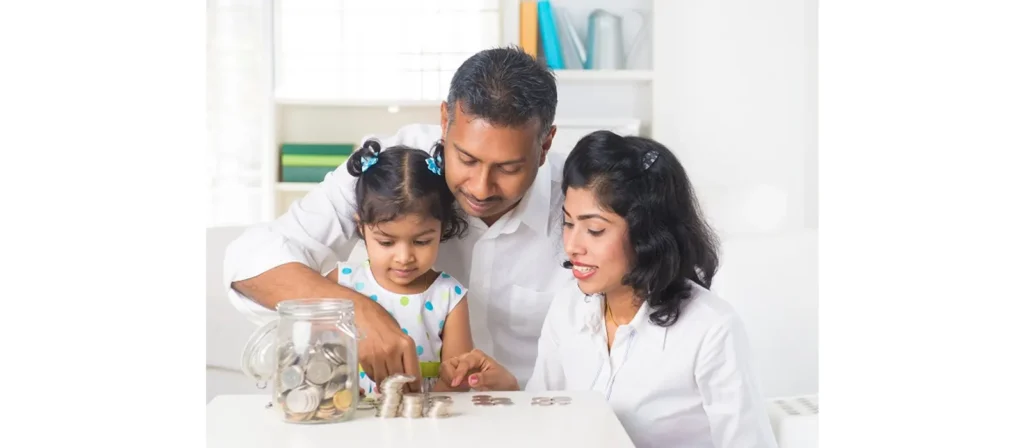
Decision-making is one of the simplest but most effective areas where parents can support independent thought. Letting a child choose between two snacks or decide what to wear based on the weather encourages them to assess options and consider consequences. These early choices form the foundation for future problem-solving and reasoning.
Parents can also encourage critical thinking skills for kids by being intentional during storytime. Instead of just reading the words, they can pause and ask, “Do you agree with what the character did?” or “What would you do instead?” This transforms a routine activity into a moment for reflection, comparison, and reasoning.
The goal is not to push children toward perfect answers but to help them learn how to evaluate situations, explain their thinking, and stay open to new ideas. When parents focus on the process rather than the outcome, children begin to build confidence in their ability to think independently and make decisions with purpose.
Classroom Strategies for Teaching Critical Thinking
Turn Everyday Classroom Routines Into Thinking Opportunities
In early education settings, routines provide ideal moments to build critical thinking skills for kids. Tasks like lining up, organizing materials, or transitioning between activities can be shaped into small decision-making opportunities. For example, a teacher might ask, “What’s the best way to clean up together?” or “How can we make this process faster tomorrow?” These questions prompt students to analyze steps, suggest improvements, and reflect on group dynamics. This type of thinking, embedded in familiar routines, builds confidence and habitually engages children in problem-solving.

Encourage Kids to Explain Their Reasoning
Asking children to explain their thoughts reinforces logical thinking and helps teachers assess how they process information. After completing a task or answering a question, prompts such as “How did you figure that out?” or “Why did you choose that way?” help children reflect on their process. This kind of verbal explanation strengthens the ability to organize thoughts, justify decisions, and make adjustments when needed. It also encourages peer-to-peer learning when classmates hear different approaches and perspectives.
Organize Simple Group Tasks That Require Discussion
Group tasks give young children the chance to practice thinking together. Activities like building something as a team, sorting objects by categories, or solving a simple classroom challenge promote collaboration and shared reasoning. When children must listen, respond, and agree on a solution, they practice comparing ideas and learning from others. These shared experiences are effective in teaching how to reason, compromise, and communicate clearlyall, essential parts of critical thinking in the classroom.
5 Fun Critical Thinking Activities for Kids
Role Play and Storytelling to Explore Ideas
Pretend play is one of the most natural ways to develop critical thinking skills in preschoolers. Through role play, children take on new perspectives and explore different outcomes. Whether using dress-up clothes, puppets, or classroom costumes, role play encourages decision-making, dialogue, and creativity. Storytelling kits or story dice are useful tools to help children build narratives, change plot directions, and consider alternative endings. These experiences promote flexible thinking and help children see that every situation can have more than one solution.

Picture Books to Spark Deep Thinking
Reading picture books with guided conversation can turn a familiar classroom activity into a thinking routine. Instead of focusing only on the story, teachers can ask questions like “Why did the character make that choice?” or “What would you do in the same situation?” Using visual story cards or interactive books with discussion prompts supports reflection and comparison. Many kindergartens also use big books with built-in questions to help children evaluate behavior, outcomes, and cause-and-effect relationships.

Build-and-Test Construction Challenges
Construction-based activities help children solve problems through hands-on experimentation. Using materials like wooden blocks, magnetic tiles, or connector sets, children can be given a challenge such as building the tallest tower or creating a bridge that holds weight. These tasks encourage planning, testing, and revising. When a structure falls, children naturally begin to question, reason, and improve. Many classrooms include building block centers or task cards with challenge prompts, making it easy to integrate critical thinking into daily learning.
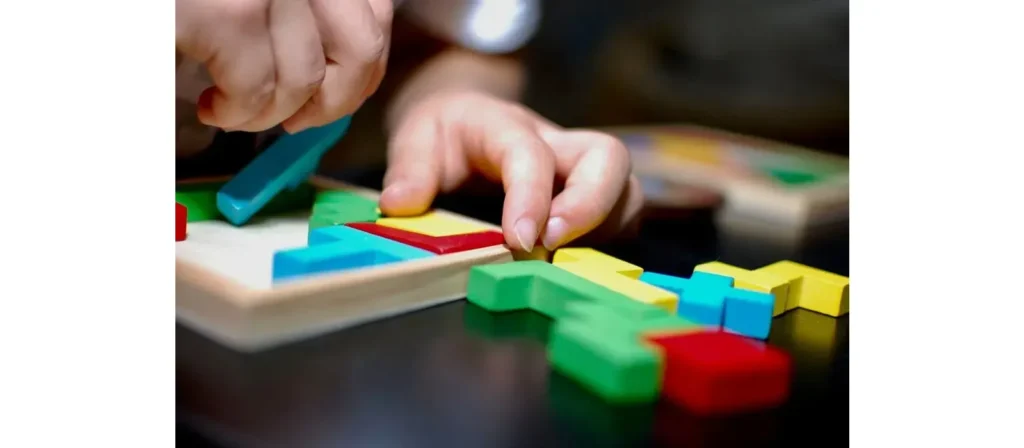
Outdoor Exploration with Thinking Prompts
Nature-based learning offers countless chances to think critically. During a walk in the schoolyard or playground, children can be asked to collect leaves with different textures, observe animal behavior, or identify patterns in nature. Using nature kits with magnifying glasses, clipboards, or sorting trays, children can record what they find and reflect on their observations. Prompting them with questions like “Why do you think this leaf is shaped differently?” or “What do these tracks tell us?” helps build analytical thinking through direct experience.

Mystery Bag Guessing Game
ال mystery bag is a sensory-based game that builds inference and descriptive reasoning. A teacher places a familiar classroom object inside a non-transparent bag. Children then feel the item without looking and describe what they notice, such as shape, texture, or size, before guessing what it is. This activity encourages the use of observation, comparison, and language. Mystery bags can be made using sensory bins, cloth bags, or classroom sets that focus on specific themes like food, animals, or tools.
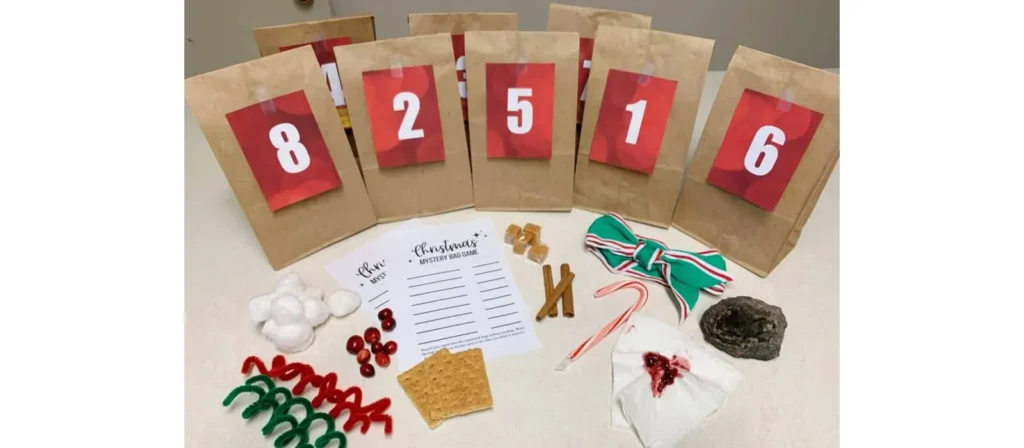
خاتمة
Building critical thinking for kids is not a one-time lesson. It is a gradual process shaped by conversation, experience, and consistent guidance. From asking thoughtful questions to offering space for independent thinking, both parents and educators play essential roles in creating a strong foundation for lifelong learning.
When children learn how to think, rather than just what to think, they become more confident, flexible, and prepared for the world around them. They begin to approach challenges with curiosity instead of hesitation and learn to express their ideas with clarity and purpose.
Teaching critical thinking does not require complicated tools or advanced techniques. It begins with a shift in mindset. By focusing on reasoning, reflection, and open dialogue in everyday moments, adults can support children in developing skills that extend far beyond the classroom. This kind of thinking will serve them not just as students, but as thoughtful individuals in every stage of life.


